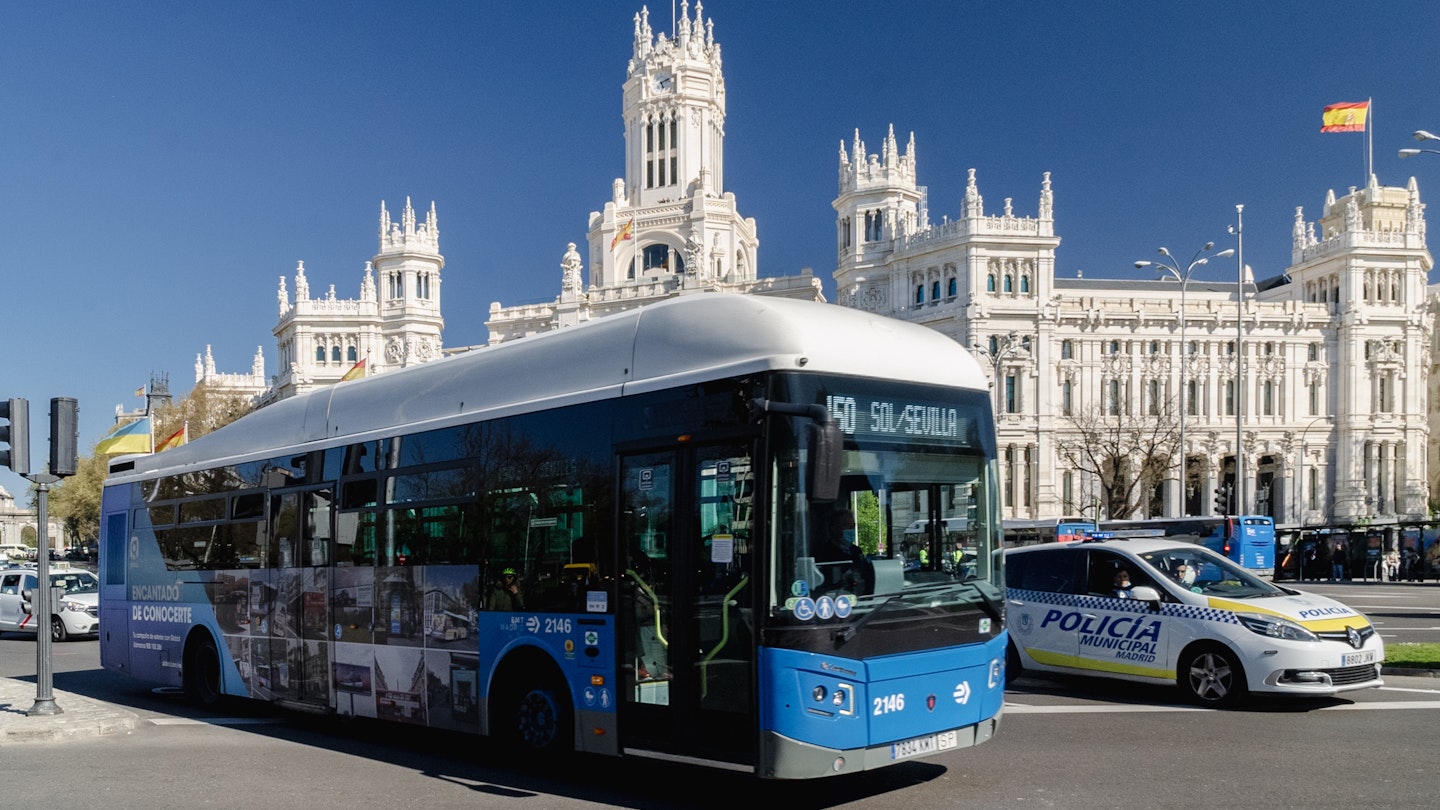Exploring Bus Travel in Spain with GoTravelDaily
As the largest country in Southern Europe, Spain is a destination full of distinctive cultures, landscapes, and languages. Its extensive bus network can help you explore all the fascinating sights.
Although high-speed trains connect major cities quite well, they cannot cover every nook and cranny of this beautiful country. For those looking for a more budget-friendly or sustainable option, bus travel emerges as an excellent choice in Spain. This guide will provide you with everything you need to know about bus travel, from routes to pricing.
Overview of Bus Travel in Spain
Spain’s population is largely concentrated in major urban hubs, making popular destinations well-connected via frequent bus services. Cities like Madrid, Valencia, and Barcelona feature numerous daily departures. Interestingly, only about two-thirds of Spanish residents own a driver’s license, so alternative transportation methods are essential for reaching smaller towns and rural areas.
Cost and Ticketing
While traveling by bus may not always be the cheapest option—especially for journeys over four hours—it can often serve as the only means of transport where train lines are absent. Generally, you’ll find that bus fares are most economical on high-traffic routes. For instance, traveling from Barcelona to Valencia can cost about €20 with major operators.
Advance ticket booking is possible for most routes, but only select itineraries might offer seat selection. In rare instances, particularly with smaller bus companies, paying on the bus might be your only option, so arriving early is advisable. Bus drivers typically accept credit cards, but it’s prudent to have cash available as a backup.
Discounts and Offers
Discounted tickets are available for seniors, young adults (under 25), children, and infants. Look out for special promotions or bonos that may save you up to 50% on selected routes. For frequent travelers on the same line, some companies provide a “bono gratuito” ticket that allows unlimited travel for a limited time, albeit restricted to a single route.
Bus Occupancy and Route Management
In urban areas, buses will be more crowded during rush hours, from 8 am to 9 am and 5 pm to 7 pm. Based on personal experience in cities like Barcelona, weekends tend to attract larger crowds, especially on routes that lead to popular beaches or city centers. For regional trips, bus frequencies often increase during high-demand periods, such as weekends and holiday seasons, so booking in advance becomes even more crucial.
Comparative Connectivity
When navigating a bustling bus terminal in Spain, you’ll encounter various bus operators, including large intercity lines like ALSA and internationally recognized companies like FlixBus and BlaBlaBus. Smaller regional services also abound, like Moventis in Catalonia or MonBus in multiple regions. The best way to determine your travel options is by using a travel planning website, inputting both your departure and destination points.
Handy tools like Rome2Rio and BusBud can assist in pinpointing routes, but keep in mind that some seasonal or tourist-oriented bus services might not be listed there. Always check local tourism resources to ensure you’re exploring all available travel options, particularly during peak seasons.
Service Features and Amenities
The quality and features of public buses vary widely from city to city. While most services are clean and safe, the amenities, including WiFi, restrooms, and power outlets, are not universally available. From personal experience, ALSA provides a high level of comfort on their vehicles.
Typically, there’s a complimentary luggage allowance, but excess baggage may incur additional fees. Some companies even allow free transport for bicycles on specific routes and permit pets under certain conditions. Service animals generally travel free of charge.
Scenic Bus Routes in Spain
Bus travel in Spain can also offer stunning landscapes along the way. Here are some of the most scenic bus routes worth considering:
- Palma to Port de Sóller: Visit the picturesque towns of Mallorca’s Tramuntana mountain range, enjoying breathtaking ocean views as you ride.
- Roses to Cadaqués: Experience exquisite mountain passes connecting the beach town of Roses to the upscale village of Cadaqués.
- Seville to Ronda: Journey towards the stunning gorge town of Ronda while absorbing views from the Sierra de Grazalema Natural Park.
- Santiago de Compostela to Fisterra: Discover Galicia’s wild Atlantic coast as you travel from the iconic Camino’s end to Fisterra.
- Santander to Fuente Dé: Make your way to the enchanting landscape of Picos de Europa National Park, with a scenic journey culminating in a cable car ride.
Final Tips for Bus Travel in Spain
In many large cities, bus terminals may feature cafes or shops, though small towns often have limited amenities. Always carry extra food and water, especially if you’re traveling through less populated areas. Aim to arrive at least 15 minutes before departure to ensure a hassle-free boarding experience.
Accessibility Considerations
While accessibility features vary across cities and services, many public buses are increasingly accommodating passengers with disabilities. Urban buses in places like Madrid and Barcelona are equipped with designated wheelchair areas. However, it’s essential to research your chosen service provider beforehand, as policies can differ.
This information aims to enhance your understanding of bus travel in Spain with GoTravelDaily. Travel responsibly and enjoy the scenic routes that Spain has to offer!





